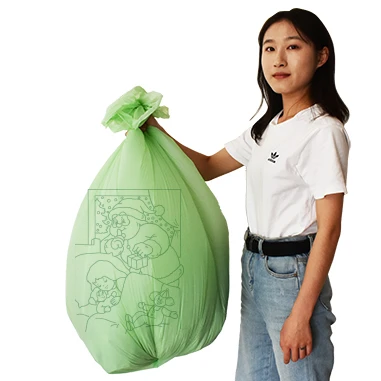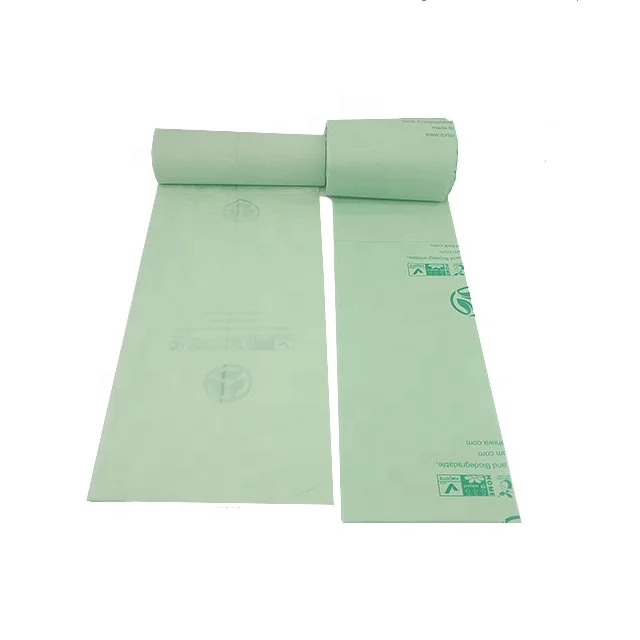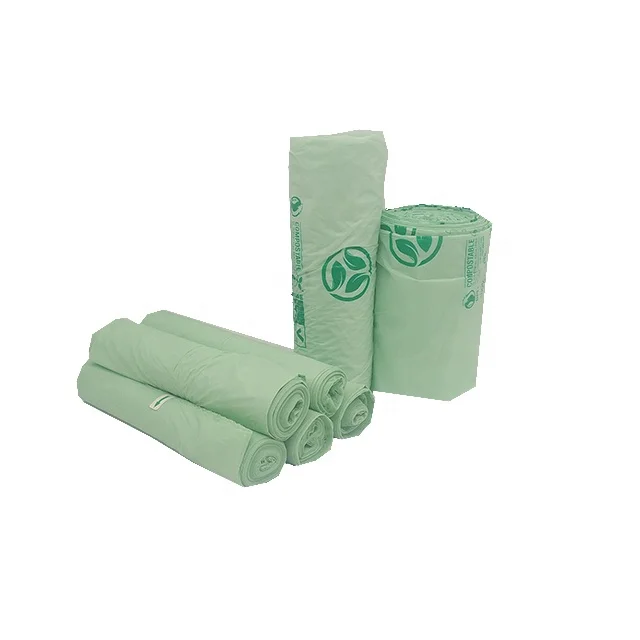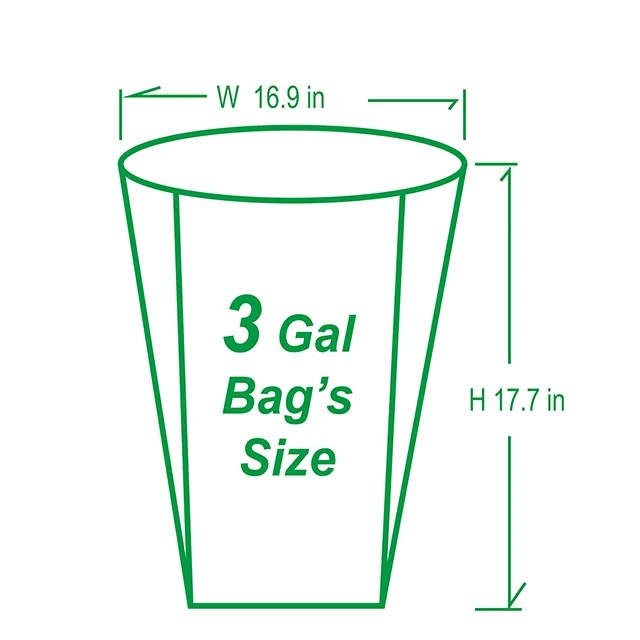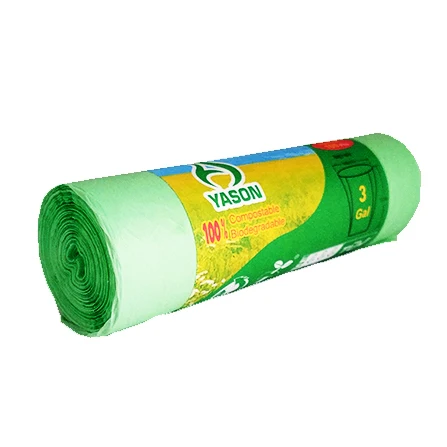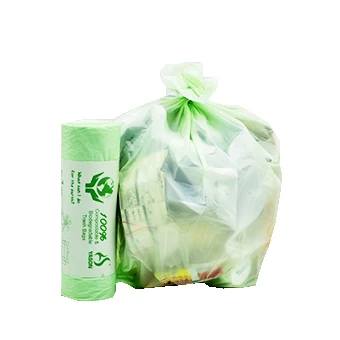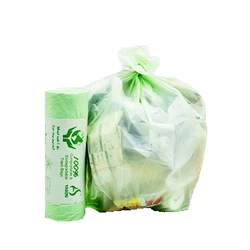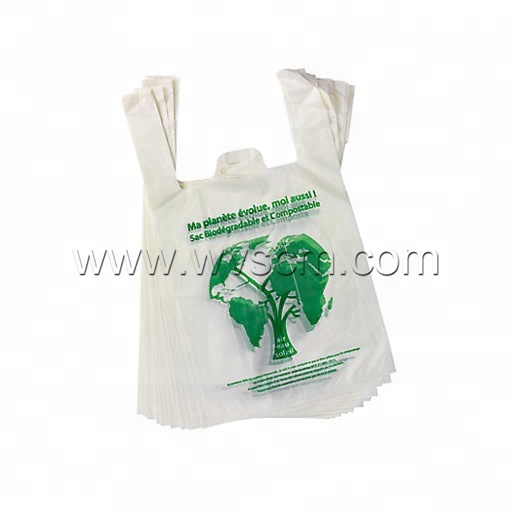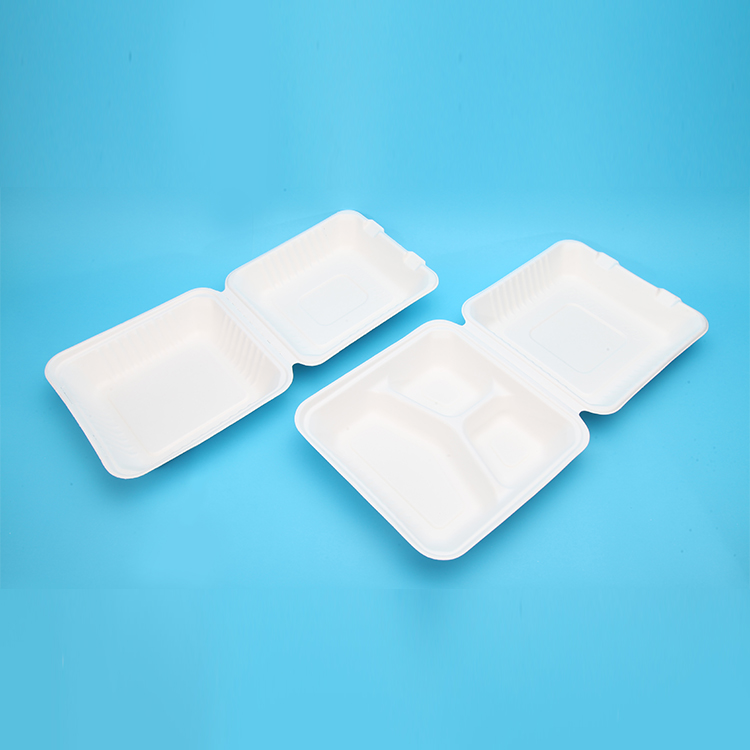Экологически чистые ароматизированные 100% биоразлагаемые мешки для мусора на 3
- Категория: Биоразлагаемая упаковка >>>
- Поставщик: Huizhou,Foraypack,Co.,Ltd.
Поделиться:
Описание и отзывы
Трекер стоимости
| Месяц | Минимальная цена | Макс. стоимость |
|---|---|---|
| Sep-16-2025 | 0.91 $* | 0.41 $* |
| Aug-16-2025 | 0.74 $* | 0.37 $* |
| Jul-16-2025 | 0.79 $* | 0.55 $* |
| Jun-16-2025 | 0.52 $* | 0.63 $* |
| May-16-2025 | 0.86 $* | 0.28 $* |
| Apr-16-2025 | 0.10 $* | 0.74 $* |
| Mar-16-2025 | 0.69 $* | 0.68 $* |
| Feb-16-2025 | 0.3 $* | 0.2 $* |
| Jan-16-2025 | 0.87 $* | 0.3 $* |
Характеристики
Products Description
Capacity | 3 Gallon/11.35 Liter or 13 Gallon/49.2 Liter |
Bag Size | 16.9in x 17.7in x0.71Mils/23.75in x 29.375in x0.85Mils |
Custom | Customized wrap paper MOQ 100rolls, customized logo MOQ 500rolls |
Packing | 3 Gallon: 100pcs/roll, 15roll/ctn, gross weight 14kg/ctn 13 Gallon: 50pcs/roll, 12roll/ctn, gross weight 16kg/ctn |
Certified | CERTIFIED COMPOSTABLE IN U.S. & EUROPE: Certified by the Biodegradable Products Institute (BPI) under US standard ASTM D6400. Certified OK Compost Home under European standard EN 13432 by Tüv Austria. OK Compost Home certification guarantees 100% BIODEGRADABILITY IN HOME COMPOSTING facilities. |
Details Images






Company Profile



FAQ
1.What is the material of the bag?
PBAT+PLA+Cornstarch, 100% compostable bag material.
2.What is the shelf life of the compostable bags?
The shelf life of compostable bags is approximately 12 months. Make sure to review the label for the product specific shelf life and purchase accordingly.
3.How to custom my bag?
We will print your logo on the wrapping paper based on order below 500KG. We will print your logo on the bag based on order above 500KG.
4.How to identify compostable bag?
Compostable bag is more soft than traditional black plastic bag.
5.What is the difference between "oxo-biodegradable" and "compostable"?
Oxo-biodegradable refers to a material that is made from plastic that, over time, will break down into smaller pieces of plastic but never fully degrade. Compostable materials, on the other hand, are made from plant-based materials and will completely biodegrade in a short period of time in a commercial composting operation. Oxo-biodegradable bags, often labeled "degradable" or "biodegradable" are not permitted under this new law. Only compostable bags are allowed.
Oxo-biodegradable refers to a material that is made from plastic that, over time, will break down into smaller pieces of plastic but never fully degrade. Compostable materials, on the other hand, are made from plant-based materials and will completely biodegrade in a short period of time in a commercial composting operation. Oxo-biodegradable bags, often labeled "degradable" or "biodegradable" are not permitted under this new law. Only compostable bags are allowed.
6.Will the compostable bags start to breakdown if it rains or if they are stored for a long period of time?
The technology used to make compostable bags has improved greatly. The first compostable bags made years ago did tend to break down when stored too long on a shelf or if they came in contact with any moisture. Today, we have much higher-quality bags that have longer shelf lives and can hold up better to outdoor conditions. You will likely notice a difference in brands, so if you don't like one type that you use, try another and it may work better.
7.When do I have to use compostable bags?
Compostable bags are required for use with curbside yard waste and compost collection (unless you use a cart from your hauler). So any yard waste, food waste, organics, or other compostable material must be placed in a compostable or kraft bag, or in a cart when collected at the curb.
8.What are the benefits of using compost?
Benefits of using compost include:
Benefits of using compost include:
1) Saving natural resources;
2) Reducing soil erosion;
3) Preventing polluted storm water runoff from contaminating our wetlands, lakes, and streams; and
4) Providing a valuable soil amendment product that can be used to enrich the soils of our community.
